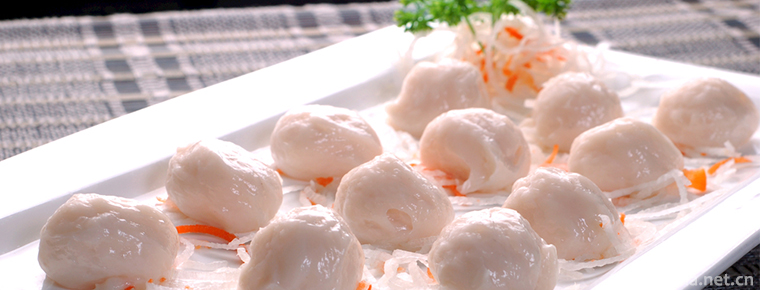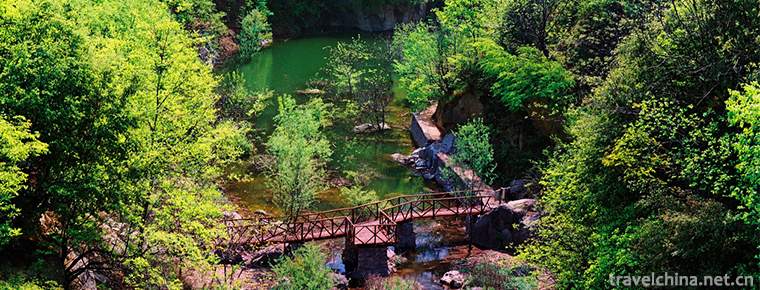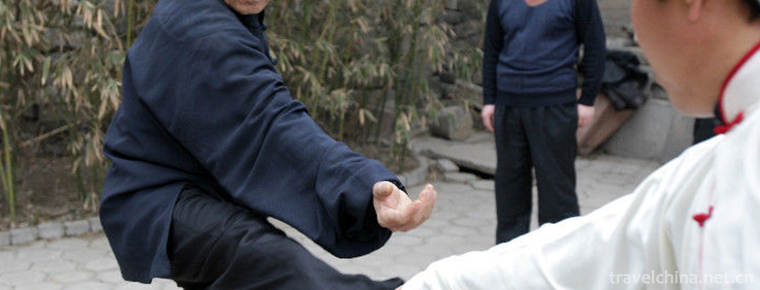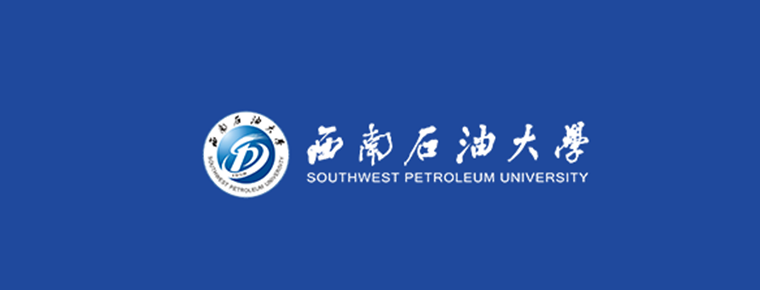Pingxiang Xiangdong Nuo Mask
Pingxiang Xiangdong Nuo Mask
Nuo mask is an important part of Nuo culture. It is used in Nuo etiquette, Nuo dance and Nuo opera. Nuo mask in eastern Hunan is an excellent traditional Chinese sculpture with a long history. Eastern Hunan is under the jurisdiction of Pingxiang, the "Coal Capital of the South of the Yangtze River", and it is the west gate of Jiangxi. Existing Nuo mask sculpture in Eastern Hunan originated in the Qing Dynasty. It was handed down from Taizhang, Hunan Province, and has been handed down for three generations. It inherited the Nuo face sculpture skills of Song Dynasty. Its technology is mature and its mask is simple and exquisite. It is a rare cultural heritage in the field of Chinese sculpture.
Pingxiang Xiangdong Nuo Mask was listed as the first national intangible cultural heritage list in May 2006.
Historical Origin
In Pingxiang, Jiangxi Province, the legend of "copper mask" is widely circulated. It is said that the ancient Nuo masks were all made of copper. More than a hundred years ago, because of the "blasphemy of the gods", they disappeared and were carved in camphor wood instead. There is a popular saying that the emperor of Da'anli took turns to do it. It refers to five Nuo teams fighting for the last copper mask, and finally mediated by the patriarch. Five Nuo teams take turns to worship the copper mask every year.
Nuo is an ancient cultural phenomenon in China, in which the spirit chases ghosts and prays for blessings and avoids disasters. Masks are endowed with mysterious religious and folklore meanings in both Nuo Festival and Nuo Opera performances. Pingxiang Nuo masks, originally more than 4000 pieces, now more than 700 pieces, production time from the end of the Yuan Dynasty, Ming and Qing Dynasty to the Republic of China.
The sculpture of Pingxiang Nuo Mask contains the wisdom and ingenuity of artists. It inherits the belief and understanding of the past generations of artists in Nuo, worships the gods of ancestors, hates ghosts and evil spirits, and expresses vividly through the production of masks, so that people can still feel the tremendous attraction of ancient ancestors inviting gods to drive ghosts.
artistic characteristics
Pingxiang Nuo masks carved for camphor wood are mostly painted and painted to depict a rough, simple, solemn and gorgeous artistic image. Nuo face modelling is mostly based on ancient celebrities. It pays attention to the deep characterization of the characters. The images are different and vivid.
The carving techniques of Nuo masks in eastern Hunan are divided into Tang Dynasty carving method and Song Dynasty carving method. Tang Dynasty carving method is crude and Song Dynasty carving method is more elaborate. Existing Nuo mask sculpture techniques in eastern Hunan were introduced from Hunan in the Qing Dynasty and have been passed down to three generations in eastern Hunan, mainly in the Song Dynasty. The mask carved by this method is simple and exquisite in style and complex in craftsmanship. Today, the inheritors can carve 440 complete figure Nuo faces of the Song Dynasty.
Nuo mask's modelling, pays attention to the characterization of the character. Carving artists use exaggeration and realism to carve vivid images of gods in accordance with mask personality requirements, using knives instead of pens, combining relief, carving through, round carving, line carving and other techniques. Although Nuo mask has been endowed with complex and mysterious meanings of various religions and customs, it itself is a plastic art, following its own artistic laws and principles.
The shapes of Nuo masks are often different according to the different roles. Its performance techniques mainly use the changes and decorations of the five senses to complete the portrayal of the characters'bravery, ferocity, ferocity, majesty, severity, stability, deep, calm, heroism, arrogance, treachery, comedy, loyalty, integrity, rigidity, abnormality, kindness, gentleness, beauty, kindness and so on. From the theatrical point of view, masks have the function of artistic endorsement, which role is generally wearing what mask are exquisite. At the same time, once various kinds of mask shapes are displayed, people will get infinite artistic beauty. Beauty of fierceness, beauty of ferocity, beauty of ferocity, beauty of vigour, beauty of britain... All of them are displayed.
Mask carving artists are known as "virgins" who carve masks professionally. In the people's consciousness of Nuo culture circle, the mask is the symbol and carrier of the gods. How to treat the mask, we often have to abide by the conventions and regulations. When making, tea, rush, rice and medicines are placed in small square holes carved behind the top of the mask, which are sealed with ointment and called "abdominal storage". After killing chickens, taking blood and smearing masks, and "shining" the forehead and eyes, according to artists, masks become viable gods. The opening ceremony should be held beforehand for the use of masks and the closing ceremony for the storage of masks. If women are not allowed to touch the mask and wear it, the making, use and storage of the mask are all men's business. Men wear masks to show that the gods have possessed themselves. They are not allowed to speak and act at will.
Inheritance Significance
There are many kinds of Nuo masks in Eastern Hunan. It takes more than ten sets of procedures to process raw materials into finished products. The facial expression of mask and its decoration have specific cultural connotation and significance, exquisite sculpture technology, simple facial expression, exaggerated techniques, and obvious regional style. Because the hand-carved Nuo mask technology is very difficult, takes a long time, and young people are reluctant to learn, so the Nuo mask sculpture in eastern Hunan has been scarce. Nowadays, the modern mechanized production mode is entering the production industry of Nuo masks, which promotes the further marketization of Nuo masks in eastern Hunan, thus leading to the disappearance of many unique handicraft techniques.
In addition, the traditional Nuo painting spectrum is mostly destroyed in various historical turmoil, there is only a complete Nuo painting spectrum, because of the age, damage is also very serious. From all the above, we can see that the carving skills of Nuo masks in eastern Hunan are in an endangered state and need to be rescued and protected urgently.
The state attaches great importance to the protection of intangible cultural heritage. On May 20, 2006, the intangible cultural heritage was approved by the State Council and listed in the first batch of national intangible cultural heritage list.

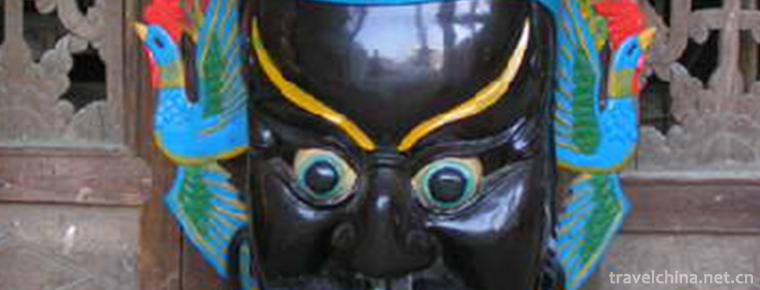
-
Fish Ball
Fish balls, also known as "fish wrapped meat", are mixed up with eel, shark or freshwater fish, mixed with sweet potato starch (* starch), and then wrapped.
Views: 236 Time 2018-11-02 -
Almond dew
Almond is a kind of vegetable protein beverage made from natural almond and mineral water. Its white like milk, delicate like jade, unique flavor, can be used as a substitute for ordinary milk.
Views: 154 Time 2018-11-08 -
The Qiaos Famaily Compound
The Qiao's Famaily Compound: National AAAAA-level tourist attractions, national key cultural relics protection units, national second-level museums.
Views: 153 Time 2018-11-24 -
Chongqing Yunyang Longgang National Geological Park
Yunyang Longgang Scenic Spot: National AAAAA Class Tourist Spot, National Geopark and National Day 2016 "Best Tourist Service Scenic Spot".
Views: 296 Time 2018-12-12 -
Thrush valley ecological tourist area
Thrushcross Valley is a natural eco-tourism area, located in Yaoshan Town, Lushan County, Henan Province, and at the northern foot of Yaoshan Scenic Area. It is a national AAAA-level tourist attractio.
Views: 156 Time 2019-01-17 -
Shantou Fangte Happy World Blue Mercury Theme Park
Shantou Fangte Happy World Blue Mercury Theme Park is the first participatory high-tech theme park in eastern Guangdong with science fiction as its theme, integrating entertainment,.
Views: 208 Time 2019-02-08 -
Tianzhu Mountain National Forest Park
Tianzhushan National Forest Park, a national 4A-level tourist attraction, is located in Tianzhushan Town, 30 kilometers southeast of Shanyang County Town, Shaanxi Province, south of Huling and north o.
Views: 139 Time 2019-02-22 -
Elbow pounding
This is a rather mysterious school, which originated from a famous family in Linqing, and is closely related to the chivalrous spirit inherent in the Chinese people; it is a fierce school, but it has .
Views: 417 Time 2019-08-10 -
Southwest Petroleum University
Southwest Petroleum University is a petroleum undergraduate college founded in the face of the new China's Chaoyang. It is a co-established University between the central and local governments, mainly.
Views: 166 Time 2019-08-31 -
Guan Hanqing
Guan Hanqing (before 1234) - about 1300 The original name is unknown. The word "Han Qing" is already Zhai. The Han nationality is a member of the state of Yuncheng (Shanxi province). Another.
Views: 230 Time 2019-09-07 -
Chizhou University
Chizhou college is Anhui Province Full time general Undergraduate Colleges It's the only one in China. Hui Style Architecture The style of colleges and universities is the only one in Anhui colleges a.
Views: 394 Time 2019-11-09 -
Guangan landform
The topography of Guang'an City is fan-shaped distributed between the hills and parallel valleys in eastern Sichuan, which belongs to the Sichuan basin bottom extending to the basin periphery gradually. The Huaying mountains, which run through the so.
Views: 102 Time 2020-12-19
